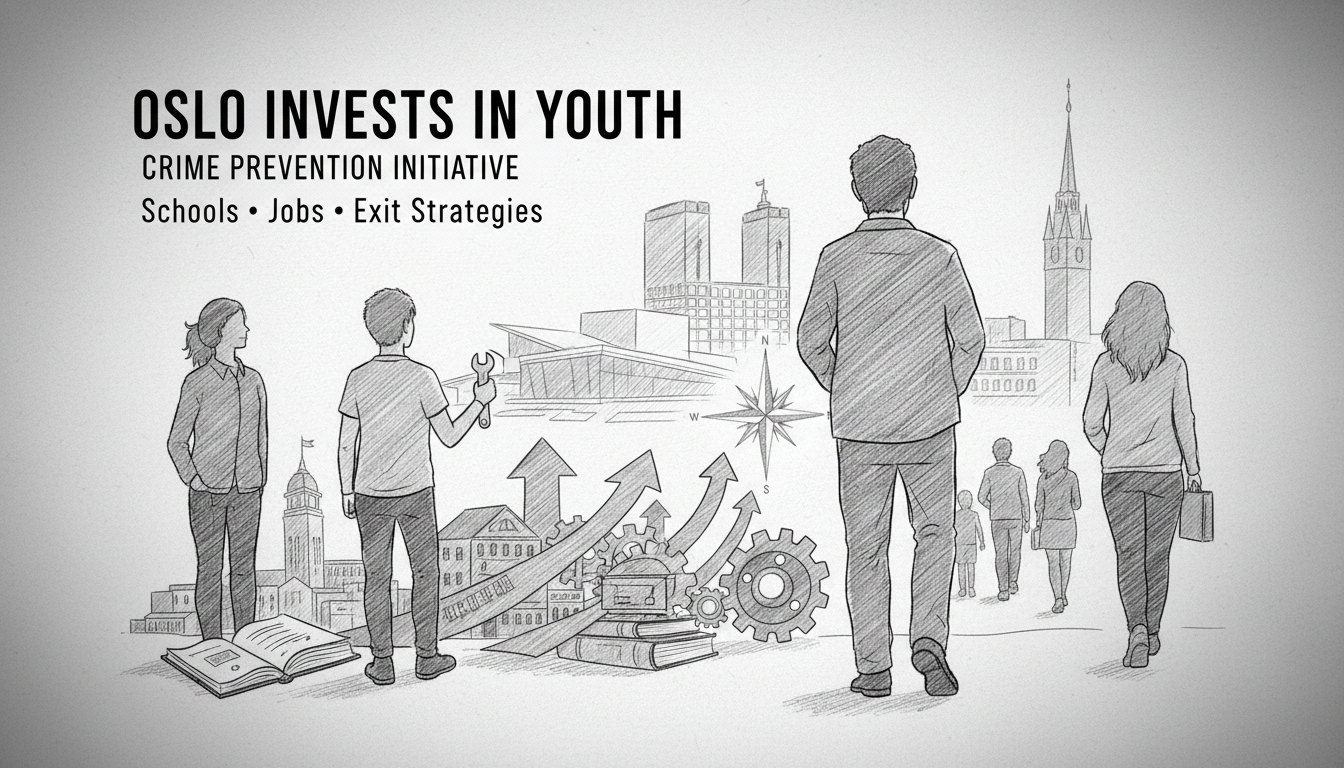Oslo's city government is committing millions to combat rising youth crime through comprehensive prevention programs. The initiative spans early intervention in schools, after-school clubs, and part-time employment opportunities. It also includes one-on-one follow-up programs and exit strategies for young people wanting to leave criminal environments.
City Council Leader Eirik Lae Solberg described the situation as completely unacceptable. "Lawbreakers are getting younger, and the crimes are becoming more serious," he stated during a Thursday meeting. "This is a frightening development that cannot continue. Oslo remains a safe city for most people, but we must take action to keep it that way."
The political motivation behind this substantial investment reflects growing public concern about youth gang activity in Norway's capital. Similar patterns have emerged in other Nordic cities, where organized crime groups increasingly recruit teenagers. The Oslo model draws from successful Scandinavian approaches that balance prevention with intervention.
Finances Commissioner Hallstein Bjercke joined police unit leader John Roger Lund in presenting the measures. The coordinated approach signals recognition that schools, social services, and law enforcement must work together. This mirrors strategies seen in Copenhagen and Stockholm, where multi-agency cooperation has shown promising results.
Norway's distinctive approach to crime prevention emphasizes rehabilitation over pure punishment. The country's youth justice system focuses on reintegration rather than incarceration for young offenders. This new Oslo initiative expands that philosophy to include earlier intervention before criminal patterns become established.
International readers might find the Nordic prevention model noteworthy. Unlike many countries that prioritize punitive measures, Scandinavian approaches typically invest heavily in social programs. The underlying belief holds that addressing root causes like social exclusion and limited opportunities proves more effective long-term.
The timing of this announcement suggests political pressure to address visible crime issues before they escalate further. Oslo residents have expressed growing anxiety about youth gang visibility in certain neighborhoods. The substantial funding indicates the city government views this as a priority issue requiring immediate action.
What practical difference will these millions make? The programs target multiple touchpoints in young people's lives. School-based prevention identifies at-risk youth early. After-school programs provide alternatives to street involvement. Part-time jobs offer legitimate income sources. For those already involved, exit programs provide pathways out of criminal networks.
The real test will come in implementation. Successful crime prevention requires consistent follow-through and adequate staffing. Oslo's challenge will be turning these ambitious plans into tangible results that actually reduce youth crime rates over the coming years.

